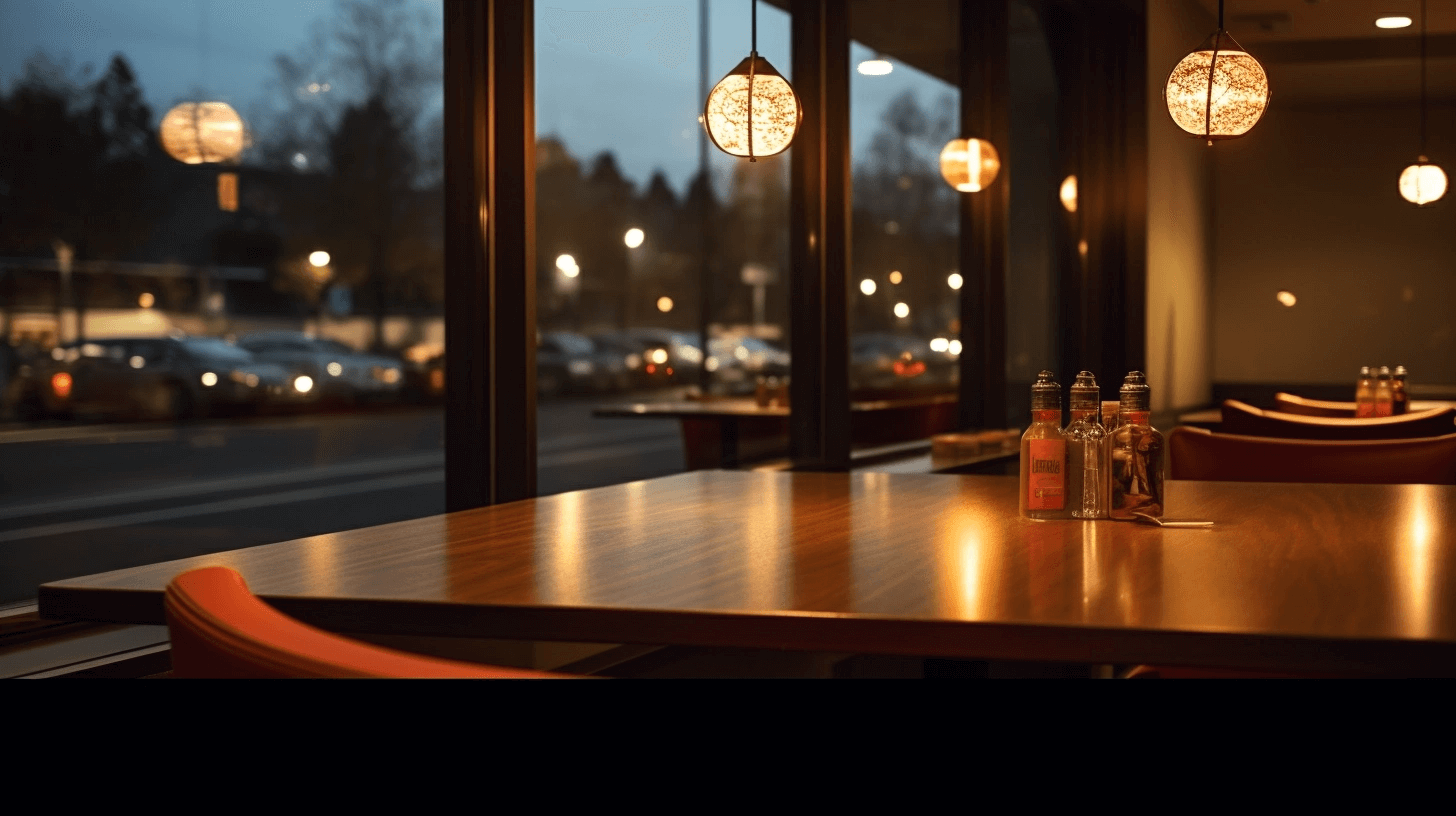Restaurant Menu Engineering: The Key to Profitability and Sustainability for Restaurants

Running a successful restaurant is about more than serving delicious food - it’s about maximising profitability while meeting the evolving needs of customers. Optimising every aspect of your operation is essential with the average profit margin of restaurants in the UK between 3-5%. Restaurant menu engineering is a powerful strategy that helps restaurants analyse their menu items, identify trends, and design menus that prioritise profit, sustainability, and customer satisfaction.
Let’s explore menu engineering, why it matters, and how you can use it to transform your restaurant.
What is Restaurant Menu Engineering?
Menu engineering is the practice of analysing menu performance to optimise profitability and marketability. It involves breaking down menu items into components, evaluating their popularity and profitability, and redesigning menus to promote high-margin dishes while improving the overall dining experience.
This approach allows restaurants to:
- Minimise costs by reducing waste and streamlining ingredients.
- Capitalise on customer trends and preferences.
- Improve menu design to nudge customers toward profitable choices.
Restaurant menu engineering isn’t just a cost-cutting exercise - it’s about creating a sustainable, customer-focused menu that drives long-term growth.
The Four Steps of Restaurant Menu Engineering
- Collect Data on Menu Items
To optimise your menu, you first need data. This includes ingredient costs, dish profitability, and customer ordering patterns. Digital tools like recipe engineering software or analytics from a digital menu can be used to track this information efficiently. - Analyse Feedback and Patterns
Evaluating customer feedback and behavioural data can help you dive deeper into your menu performance. Are certain dishes underperforming because of how they’re presented? Do ingredient costs impact profit margins? Identifying these patterns can help you target areas for improvement. - Reassess Pricing and Positioning
Adjust dish pricing based on performance. Popular items may warrant a slight price increase while low-performing dishes can be bundled or repositioned to boost appeal. - Redesign Your Menu
Redesign your menu with the customer in mind. Use visual cues, language, and strategic placement to highlight your most profitable dishes. Terms like ‘plant-based’, ‘healthy’ or ‘sustainable’, when paired with vivid descriptions, often resonate more with customers and drive higher engagement.
Using the Menu Engineering Matrix
The menu engineering matrix categorises dishes into four types based on their profitability and popularity:
- Dogs: Low profitability and low popularity. These items should be reimagined, bundled with others, or removed entirely.
- Plow Horses: Popular but not profitable. Consider adjusting their pricing or pairing them with high-margin items.
- Puzzles: High profitability but low popularity. Use customer feedback to determine whether the dish or its marketing needs improvement.
- Stars: Highly profitable and popular. These are your best-performing items, and your menu should spotlight them.
This framework provides straightforward, actionable insights into which dishes to promote and which to rethink.

How Menu Engineering Helps Restaurants
1. Reduces Costs and Waste
By evaluating ingredient costs and monitoring trends, menu engineering helps minimise waste. It also allows you to make informed decisions about sourcing seasonal or local ingredients, which are often more cost-effective and sustainable.
2. Aligns with Customer Preferences
Customers want more than good food; they want experience. By collecting data on preferences, you can tailor your menu to reflect what your customers value most, such as ‘plant-based’, ‘healthy’ or ‘sustainable’ options.
3. Boosts Profit Margins
Highlighting high-margin dishes and strategically bundling items can maximise the value of every customer interaction. For instance, pairing a low-margin entrée with a profitable beverage or dessert increases the average spend per head.
4. Improves Menu Appeal
The design of your menu plays a significant role in how customers interact with it. Use bold fonts, strategic colour placement, and appealing images to guide customers’ eyes to your most profitable items. Descriptive language also enhances appeal. For example:
"English Lentil Shepherd’s Pie - an aromatic dish blending rich textures with the natural goodness of lentils, paired with creamy mash and seasonal vegetables."
How to Implement Restaurant Menu Engineering
1. Gather Data
Use tools like spreadsheets or digital menu software to track dish performance. Automating this process with analytics tools provides more accurate insights.
2. Update Your Design
Redesign your menu with a focus on profitability. Place high-margin items in prominent positions (e.g., the top right corner for printed menus or above on the fold on digital menus), use engaging descriptions, and include high-quality visuals.
3. Incorporate Feedback
Engage with customers through surveys or in-app feedback to understand their preferences. Use this data to refine underperforming dishes or adjust marketing language.
4. Test and Iterate
Menu engineering is not a one-time process. Review your data regularly and make iterative changes to keep your menu relevant and profitable.
Why Digital Menus Are the Perfect Tool for Restaurant Menu Engineering
Digital menus simplify every step of menu engineering:
- Real-Time Updates: Adjust pricing, remove unavailable items, or highlight seasonal specials instantly.
- Dynamic Scheduling: Schedule menu changes for different times of the day (e.g., brunch, lunch, or dinner).
- Detailed Analytics: Track the popularity and profitability of each dish, helping you identify trends and opportunities.
- Enhanced Visual Appeal: Use photos and videos to showcase dishes, increasing customer engagement.
Implementing and managing restaurant menu engineering becomes seamless, cost-effective, and sustainable with a digital menu.
Turning Data into Actionable Insights
Restaurant menu engineering isn’t just about cutting costs - it’s about creating a menu that resonates with customers, maximises profit, and supports sustainability goals. By leveraging tools like digital menus and data analytics, restaurants can craft appealing and strategic menus.
Redro can help you embrace menu engineering as a continuous process to ensure your restaurant adapts to customer trends, remains competitive, and consistently delivers value.
Join the Culinary Revolution!
Transform your dining experience with Redro. Boost efficiency, delight diners, and fire up your sales. It’s more than a menu—it’s a game-changer for your brand.




